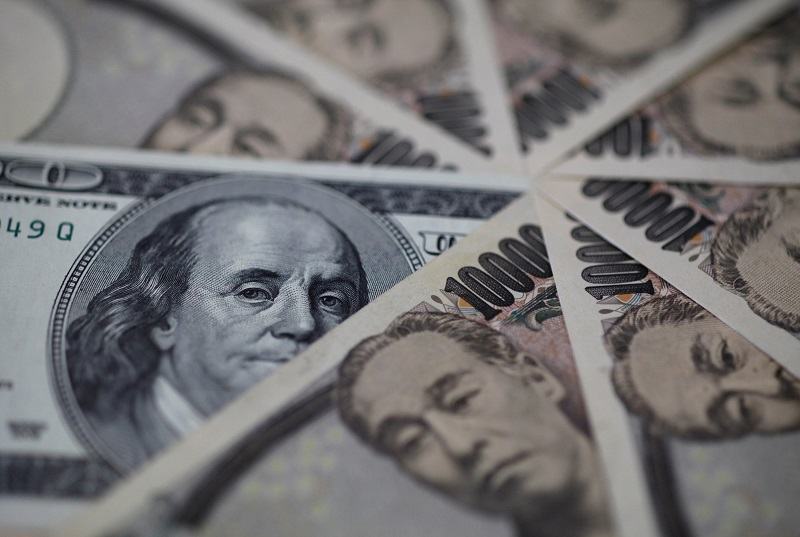
12:04 JST, October 28, 2021
In the face of a declining population, strengthening the growth strategy is essential to revive the Japanese economy. However, there have only been low-key debates on this issue during campaigning for the coming House of Representatives election. It is not possible to improve future prospects merely with pork-barrel spending in the name of the redistribution of wealth.
The Abenomics economic policy package implemented under the administration of former Prime Minister Shinzo Abe has achieved certain results in high stock prices and the recovery of corporate performance through bold monetary easing and flexible fiscal spending. However, its growth strategy, touted as “the third arrow” in Abenomics, has produced limited results.
The growth strategy is aimed at expanding the scale of the economy through such measures as promoting private investment and increasing exports through industrial development. It also includes attracting investment from abroad.
In the past, an increase in the number of foreign visitors to Japan was one example of success, but the novel coronavirus pandemic precludes any near-term recovery in that field. Japan has been lagging behind other countries in areas such as the adoption of artificial intelligence and the digitization of society.
Japan’s potential growth rate, which shows the nation’s real economic strength, remains in the 0% range, the lowest level among developed countries. Fundamental restructuring of the strategy is essential.
Under the banner of a virtuous cycle of economic growth and redistribution of wealth, Prime Minister Fumio Kishida has called for growth first. But policies in the campaign pledges of the ruling Liberal Democratic Party, such as investments in the field of advanced science and technology, lack freshness because most of them are simply extensions of conventional polices.
On redistribution polices, the LDP intends to provide tax incentives to companies that actively raise wages, but the specific results are still unknown. Without expectations for growth, it would be difficult for companies to take a chance on wage increases, which involve accepting an ongoing growing burden.
In contrast, the Constitutional Democratic Party of Japan, the largest opposition party, claims that “there will be no growth without redistribution” and that redistribution is the starting point for growth. Its plan calls for implementing a temporary reduction in the income and consumption taxes and the payment of benefits.
But, will a temporary tax cut lead to sustainable growth? When the tax rates are returned to their original levels, it would probably have a cooling effect on the economy. Also, there is a high possibility that the benefits will simply be parked in savings.
It is also problematic that the CDPJ has not disclosed details of the financial resources for that purpose. If the party intends to obtain the financial resources by raising taxes on wealthy individuals and large companies, it should clearly state the timing and scale of the tax hike. It needs to be aware that such measures may undermine the vitality of the economy.
Each party must more clearly present specific measures for their growth strategy and encourage companies to invest their internal reserves in new businesses and human resources.
It is important to take measures to identify promising areas and transfer human resources to these areas. It is also desirable to shore up productivity by helping small and midsize companies promote the introduction of information technology.
It is important to have a vision of how advanced technologies such as AI will be applied to the development of society. Trade strategy, including expansion of the Trans-Pacific Partnership (TPP) multilateral free trade pact, will also be key to Japan’s growth.
"Politics" POPULAR ARTICLE
-

Japan to Support Central Asian Logistics Route That Bypasses Russia, Plan to Be Part of Upcoming Summit in Tokyo
-

Japan to Tighten Screening of Foreigners’ Residential Status by Providing Information of Nonpayment of Taxes
-

Takaichi Cabinet Approval Holds at 72% as Voters Back Aggressive Fiscal Stimulus, Child Benefits
-

Chinese, Russian Bombers Flew Unusual Path by Heading Toward Tokyo; Move Likely Meant to Intimidate Japan
-

Takaichi Meets Many World Leaders at G20 Debut in Johannesburg; Speaks with Heads of Countries Including Italy, U.K., Germany, India
JN ACCESS RANKING
-

Keidanren Chairman Yoshinobu Tsutsui Visits Kashiwazaki-Kariwa Nuclear Power Plant; Inspects New Emergency Safety System
-

Imports of Rare Earths from China Facing Delays, May Be Caused by Deterioration of Japan-China Relations
-

University of Tokyo Professor Discusses Japanese Economic Security in Interview Ahead of Forum
-

Japan Pulls out of Vietnam Nuclear Project, Complicating Hanoi’s Power Plans
-

Govt Aims to Expand NISA Program Lineup, Abolish Age Restriction






















